Everything you need to know about 10 Italian cheeses
There are few things as delicious as fresh cheese. Cheese is something that goes well with just about anything.
You can add it to savoury dishes to give them a luscious, creamy texture and taste, or pair them with desserts to provide them with a decadent creaminess.
While many may associate cheese with France, Italian cheeses are world-renowned for their exquisite flavour profiles.
However, it can be easy to get lost in the vast world of Italian cheese. There are over 400 types, each with its distinct taste and manufacturing process.
However, there are a few stand-out kinds of cheese you need to remember. To make it easy for you, we’ve listed all our favourite Italian cheeses below.
- Parmigiano Reggiano
- Gorgonzola Cheese
- Mozzarella cheese
- Taleggio
- Provolone
- Ricotta cheese
- Pecorino cheese
- Mascarpone cheese
- Asiago
- Fontina
Keep reading below to find out all about them.
List of 10 Italian Cheeses
Below we’ve listed the 10 best Italian cheeses according to, well, us really,
1. Parmigiano Reggiano
Easily one of the most decadent and famous cheeses out there, Parmigiano Reggiano is a spectacularly flavourful cheese. It has a rich, nutty, briny flavour that you’ll keep going back to.
Also known as Parmesan, this cheese is hailed as the ‘king of cheese’ in Italy for its memorable, mouth-watering taste. It has been around since the Middle Ages.
It has a complex flavour that develops and intensifies the more it ages.

Region of origin
Emilia-Romagna is the birthplace of this iconic cheese.

Type of milk
Parmesan cheese is made with cow’s milk. It can be either skim milk or full fat, but the traditional recipe uses full-fat dairy.
How it's aged
Parmigiano Reggiano is typically aged for two years minimum, and manufacturers can only make it from April to November. Many often age their Parmesan for up to 6 years to develop an incredibly complex taste.
What is taste like
The taste is piquant, salty, and robust. It has a distinct nuttiness and has a strong umami taste too.
What to serve it with
There’s nothing that doesn’t go with parmesan cheese. You can serve it with soups, pasta, on pizza, salads, or all meat dishes.
It adds unparalleled savouriness and richness to any dish.
2. Gorgonzola Cheese
Gorgonzola has an incredibly memorable taste and texture. If you’ve seen giant wheels of cheese with a hard exterior and creamy, blue-veined interior, you’ll know it’s Gorgonzola.
It is intense, creamy, and rich and one of Italy’s finest cheeses. Initially, Gorgonzola used to develop mould naturally due to the penicillium in the moisture.
Nowadays, however, manufacturers inject the mould into the cheese artificially. The results, however, are no less spectacular, and the taste is just how it was years ago.

Region of origin
Centuries ago, cattle farmers would take their herds to the town of Gorgonzola, the cheese’s namesake. The abundance of cattle in the area led to the creation of this iconic cheese.

Type of milk
Cow’s milk is the best option to make Gorgonzola cheese.
How it's aged
The Picante and dolce versions are both aged differently. For a mellower taste, dolce has a shorter ageing process.
On the other hand, Gorgonzola Picante has a longer ageing process to give it a sharp, peppery taste.
What is taste like
Gorgonzola cheese is yet another Italian cheese with a robust, memorable taste. While Parmesan has a salty, briny flavour, Gorgonzola has two forms.
The first type is Gorgonzola dolce and the other is gorgonzola picante. The dolce has a sweeter, milder taste, while the Picante has a sharper, almost spicy flavour.
What to serve it with
Gorgonzola pairs incredibly well with salads, but it’s perfect for desserts. Pears and figs taste delicious when paired with this creamy cheese.
You can also add it to pasta or take the simple route and plain with a full red wine.
3. Mozzarella cheese
There’s not a person on Earth who doesn’t enjoy the stringy cheese from pizzas. Mozzarella cheese is what makes pizza so memorable; it’s one of the most famous Italian cheeses.
There are many different types of mozzarella, with some being more firm than others. However, each version is equally iconic and well-loved.
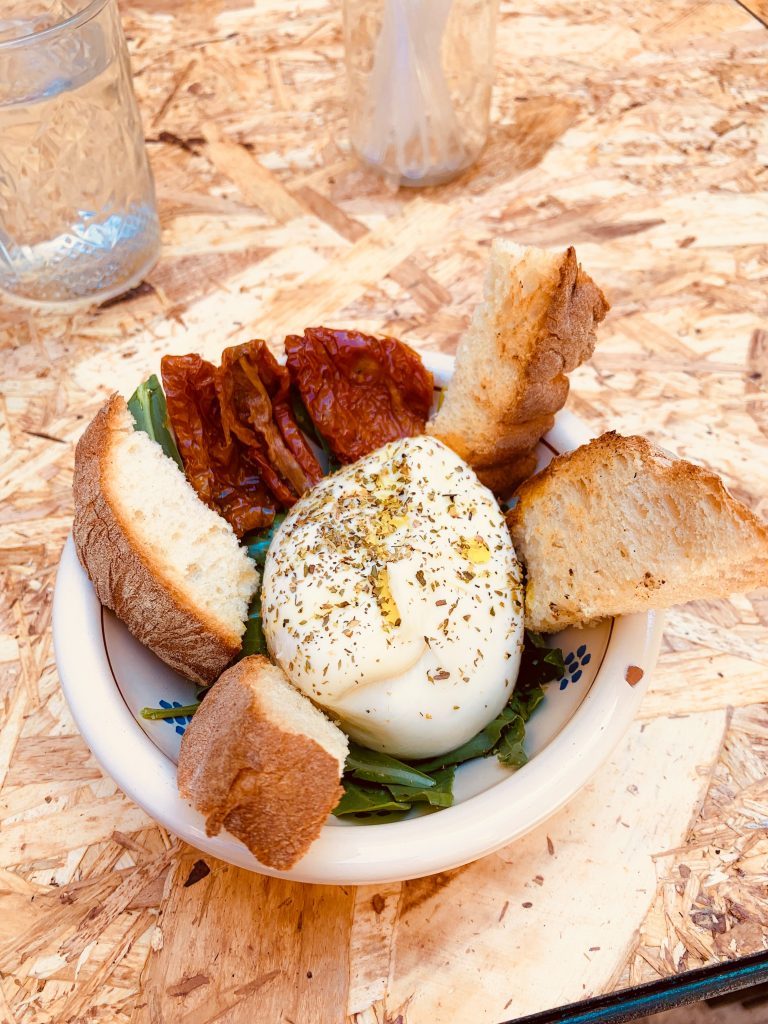
Region of origin
Mozzarella comes from the area west and south of Naples.
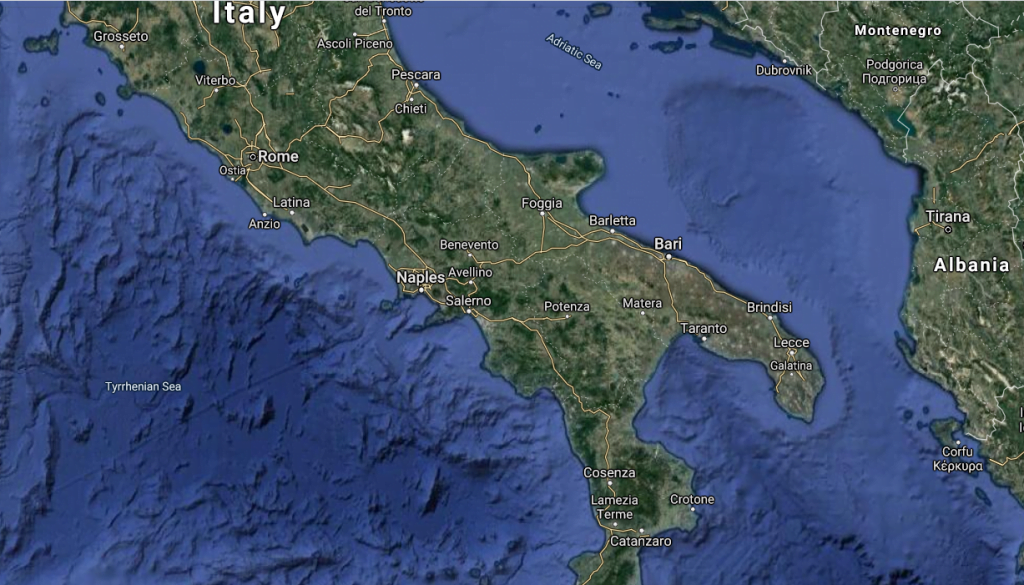
Type of milk
Water buffalo milk is the best choice to make mozzarella.
How it's aged
Mozzarella differs from other cheeses in that it barely needs the ageing process. It is best when fresh and ages for a day or two maximum.
What is taste like
Mozzarella cheese has a mild, fresh, slightly sweet taste. It is buttery and delicate, and incredibly soft.
What to serve it with
Pizza is the most popular way to use mozzarella cheese. However, you can add it to salads, pasta, sandwiches too.
One of the best ways to serve mozzarella is with fresh tomatoes and basil leaves as a light, summery Caprese salad. It is one of the most popular on this list of Italian cheeses.
4. Taleggio
If you like cheese on the stinkier side, you’ll surely enjoy Taleggio. It has an orange rind and a creamy, moist interior.
Manufacturers make Taleggio from the heated curd of cow’s milk.
Region of origin
Lombardy.

Type of milk
Cow’s milk is the best choice to make Taleggio.
How it's aged
Taleggio doesn’t take too long to age and is ready for consumption after six weeks.
What is taste like
Taleggio may smell incredibly funky, but the taste is nowhere near as strong. It has a nutty, beefy, salty flavour. The outer rind is hard, whereas the insides are creamy, rich, and oozy.
What to serve it with
The best way to have Taleggio is simple – you can melt it on crusty bread for a rustic, mouth-watering meal. You can also melt it on polenta.
5. Provolone
Provolone is a semi-hard, full-fat cheese that is incredibly versatile and delicious. Authentic provolone from Italy has a wondrous taste that you’ll keep coming back for.

Region of origin
Provolone started in Basilicata in the south initially. Now, however, it is readily available throughout Italy.
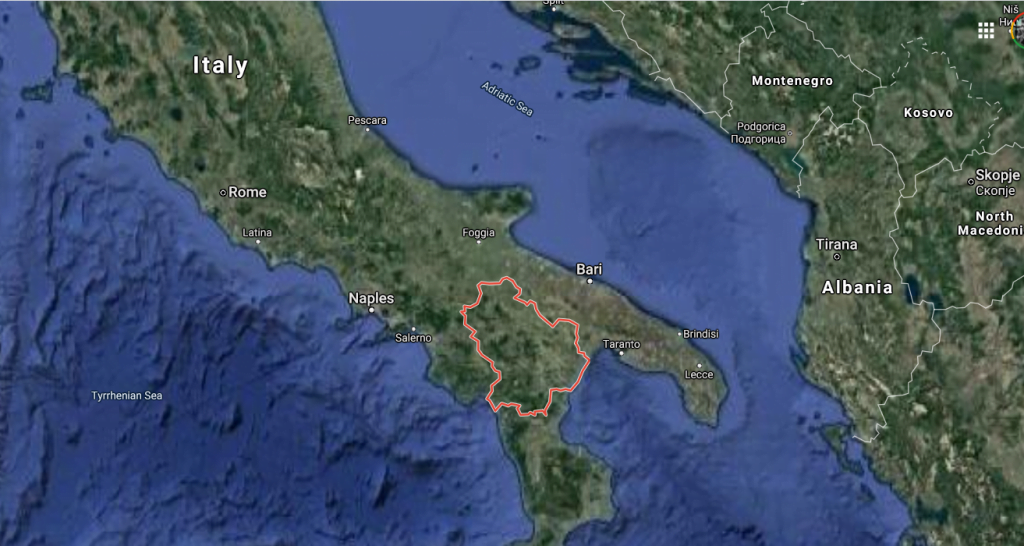
Type of milk
Cow’s milk.
How it's aged
Provolone has varying ages. You can age it for a minimum of a few months to over a year for a sharper, intense taste.
What is taste like
Provolone tastes briny, nutty, and slightly oily. The flavour profile is mellow, lingering, and salty.
What to serve it with
Provolone is an all-rounder, and you can serve it with a variety of dishes. It works exceptionally well in deli-style sandwiches, or you can add it to tarts, quiches, or pies.
6. Ricotta cheese
Ricotta is a wonderfully mild, sweet, creamy cheese. It has a soft, grainy texture, and you can use it in a variety of dishes, both sweet and savoury.

Region of origin
Ricotta originates from Sicily.

Type of milk
It is an incredibly versatile cheese that you can make from sheep, cow, buffalo, and goat milk.
How it's aged
Ricotta is aged for around a year, during which manufacturers need to keep mixing it to prevent mould formation.
What is taste like
Ricotta has a low salt content making it a very mild, buttery cheese. It tastes light and airy, which makes it perfect to use with both sweet and savoury dishes.
What to serve it with
You can mix ricotta with jam, pair it with fruit, or use it for baked goods. You can also make a killer ravioli stuffed with ricotta and spinach.
7. Pecorino cheese
It is one of the most common and delicious Italian cheeses, widely lauded as an alternative to Parmesan. It has a rich flavour perfect for pairing with many dishes.

Region of origin
It comes from Sardinia, Lazio and Tuscany.
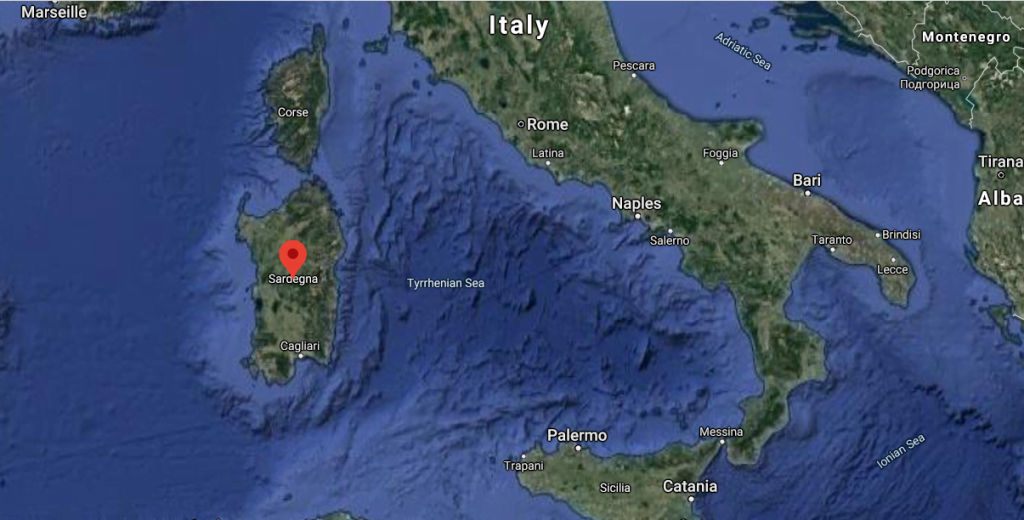
Type of milk
Sheep’s milk.
How it's aged
The basic aging process is for eight months, although some retailers have a lesser aged version with a milder taste. You need to age the Pecorino in a dark, dry place, wrapped in paper towels.
What is taste like
Pecorino’s taste is comparable to Parmesan because it’s nutty, salty, rich, and tangy. It is scrumptious and buttery, owing to the high levels of butterfat in ewe’s milk.
What to serve it with
The best way to use Pecorino is by grating it over your salads, pasta, pizza, or meat. It is primarily a cheese you use for savoury dishes, although you can add it to charcuterie boards.
8. Mascarpone cheese
Mascarpone is a classic cheese, known for being a vital part of one of the most beloved desserts known to man – the tiramisu. It is light and airy yet utterly decadent and an excellent way to take your cooking to the next level.

Region of origin
Mascarpone comes from the south of Milan, in the area between Abbiategrasso and Lodi
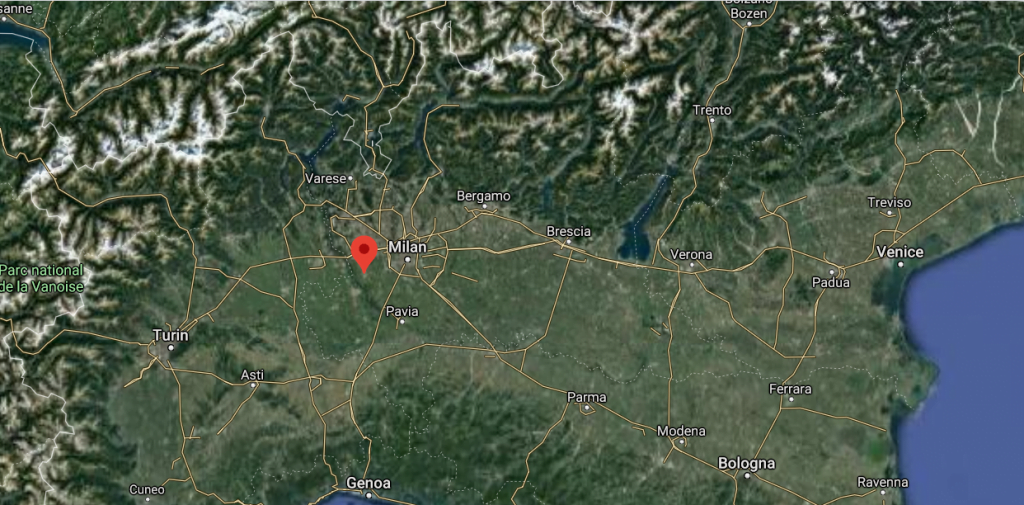
Type of milk
Cow’s milk cream gives mascarpone its signature texture.
How it's aged
Mascarpone doesn’t need aging because then it would go sour because of the bacteria.
What is taste like
Mascarpone has a rich, buttery, mild taste. It also has nutty undertones and is much less tangy than other cheeses.
What to serve it with
We use mascarpone most commonly in desserts, but you can add it to pasta, salads, and soups to make them creamier.
9. Asiago
Asiago cheese is an excellent pick if you aren’t a fan of stinky, pungent cheese. It has a mild smell and taste, making it perfect if you’re a beginner trying authentic cheese.
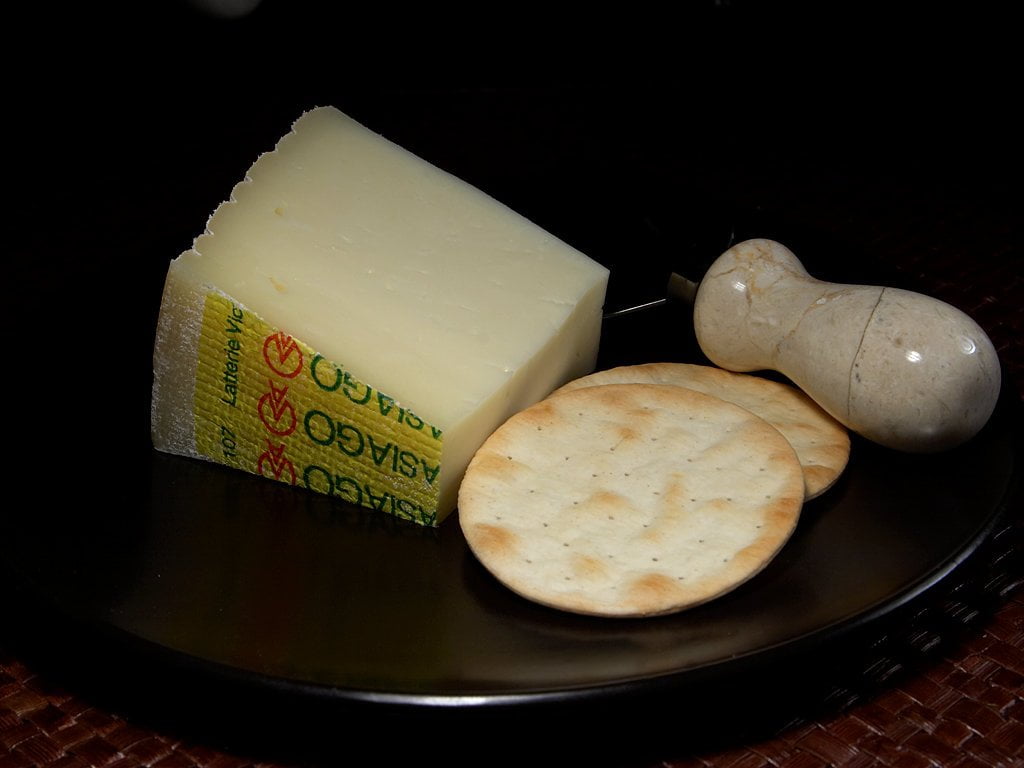
Region of origin
Asiago has its namesake in the Asiago Plateau. It actually has a PDO for the region.

Type of milk
Cow’s milk.
How it's aged
Asiago doesn’t require an intensive aging process. The maximum aging duration is a year.
What is taste like
It has a mild, milky, creamy taste. It is also soft and springy, although it can harden with time.
What to serve it with
Asiago cheese is perfect for platters, with salami, bread, or grated on pasta and salads.
10. Fontina
Fontina is yet another fragrant, nutty cheese that you pair with several dishes. It is slightly creamy and works best paired with fruits.

Region of origin
Reggio, Modena, Emilia Parma, and Mantova in Lombardy are just a few places Fontina is from.

Type of milk
Cow’s milk is the most popular choice.
How it's aged
It usually takes three months or longer to age Fontina.
What is taste like
Fontina has a robust taste and a nutty profile. It has a fruity, aromatic taste, with notes of herbs. The taste is unlike any other cheese around.
What to serve it with
The best way to eat Fontina is a spread of fruit and with a charcuterie board. It also works excellently in grilled cheese sandwiches.
Conclusion
All of the cheeses listed above are incredibly versatile and delicious and can elevate any meal. There’s a cheese out there for everyone.
Whether you want a milder taste, something for dessert, or sharp, stinky cheese, you can find it all on this Italian cheeses list.

Andy
Ever since I started cooking I’ve been fascinated by how different people’s techniques are and how they best utilise the ingredients around them. Even the person living next door will have their own unique way of frying an egg or cooking a salmon fillet.
This fascination led me on a journey across the globe to discover the countless practices and traditions the world of cooking has to offer. I thought you’d enjoy and find value in sharing that journey with me so I created Cooked Best!
